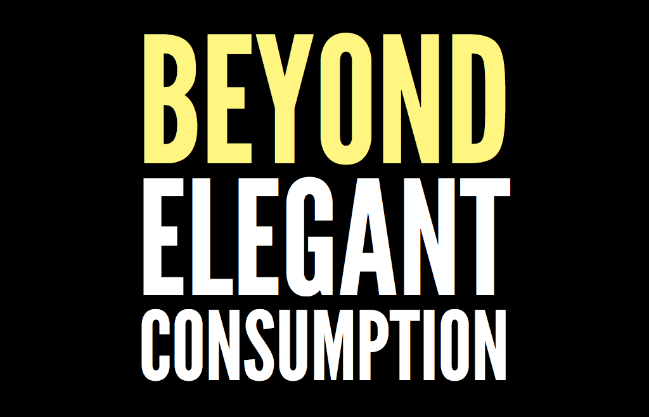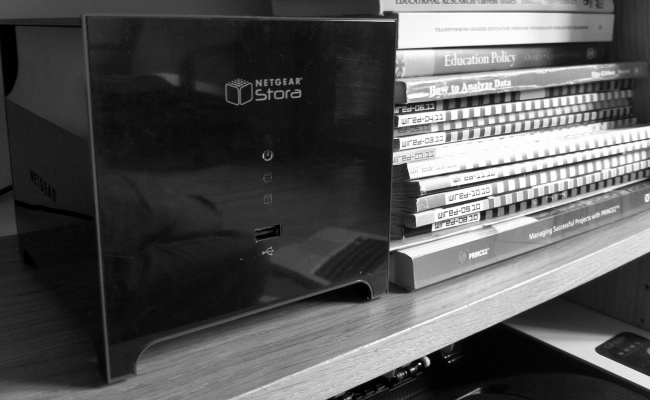Project Reclaim: consolidating my blogs.
I’m ill at the moment: I can’t seem to shake ‘flu-like symptoms that struck last Wednesday. On the plus side, not being able to do ‘productive’ work means I’ve got done some stuff I haven’t been in a position to prioritise for a while.

Posterous, a blogging solution I’ve really enjoyed using and have advocated widely, was bought by Twitter recently. It was a talent acquisition, meaning that the future of the service is in doubt. Yesterday, I spent some time moving my Conference and FAQ blogs (previously hosted on Posterous) to subfolders of dougbelshaw.com.
The next step is to find a way to transfer Thought Shrapnel, my Tumblr-powered blog, in a satisfactory way. Truth is, Tumblr is an excellent (although painfully proprietary) platform with some really nice features. I like the defined post types and the way you can queue-up blog posts to go live.
Another thing I’d like to do is move both this blog and my e-books space from separate installations to my new WordPress ‘multisite’ installation running on the site root.
Finally, I’ve discontinued blogging at literaci.es (transferring the posts here) and moved my Ideas Garden to a public Evernote workbook.
You can find all of these spaces linked to from my profile at dougbelshaw.com.
Image CC BY-SA Fey Ilyas
In addition, you may want to check out both Martin Waller and James Michie who have also been consolidating their online presence.


